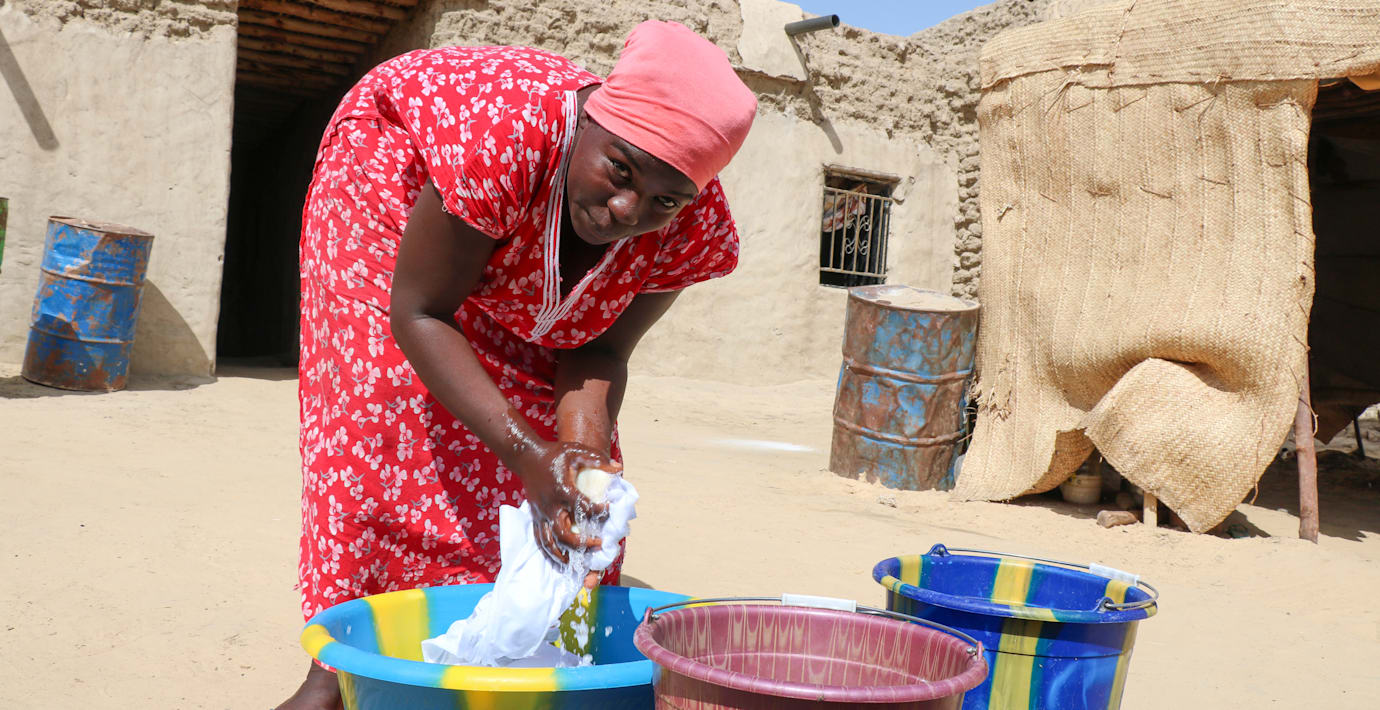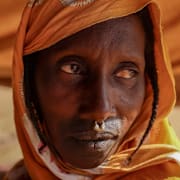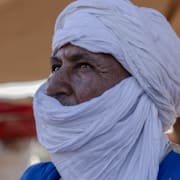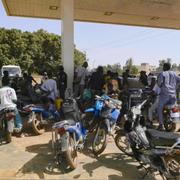Wikipedia (en)
Timbuktu ( TIM-buk-TOO; French: Tombouctou;
Koyra Chiini: Tumbutu; Tuareg: ⵜⵀⵗⵜ, romanized: Tin Buqt) is a city in Mali, situated twenty kilometres (12 mi) north of the Niger River. The town is the capital of the Tombouctou Region, one of the eight administrative regions of Mali and one town of Songhai people, having a population of 54,453 in the 2009 census.
Timbuktu began as a seasonal settlement and became a permanent settlement early in the 12th century. After a shift in trading routes, particularly after the visit by Mansa Musa around 1325, Timbuktu flourished from the trade in salt, gold, ivory and slaves. It gradually expanded as an important Islamic city on the Saharan trade route and attracted many scholars and traders. It became part of the Mali Empire early in the 14th century. In the first half of the 15th century, the Tuareg people took control of the city for a short period until the expanding Songhai Empire absorbed the city in 1468.
A Moroccan army defeated the Songhai in 1591 and made Timbuktu, rather than Gao, their capital. The invaders established a new ruling class, the Arma, who after 1612 became virtually independent of Morocco. The golden age of the city, as a major learning and cultural centre of the Mali Empire, was over and it entered a long period of decline. Different tribes governed until the French took over in 1893, a situation that lasted until it became part of the Republic of Mali in 1960. Timbuktu is impoverished and suffers from desertification.
In its Golden Age, the town's numerous Islamic scholars and extensive trading network supported an important book trade, together with the campuses of the Sankore Madrasah, an Islamic university, this established Timbuktu as a scholarly centre in Africa. Several notable historic writers, such as Shabeni and Leo Africanus, wrote about the city. These stories fuelled speculation in Europe, where the city's reputation shifted from being extremely rich to being mysterious.




